
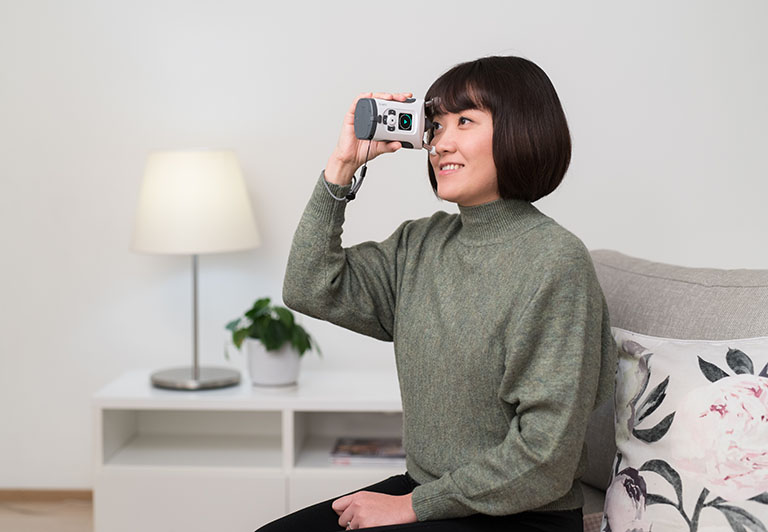
Know the True Max™: Leveraging the power of real-world IOP data in glaucoma care
By leveraging the insights provided by iCare HOME2 tonometer, eye care professionals can target IOP, tailor individual treatment plans, and review the efficacy of their interventions.
Intraocular pressure (IOP) stands as the only modifiable risk factor in glaucoma
Glaucoma is a chronic, progressive eye disease that can lead to irreversible vision loss without timely intervention. Intraocular pressure (IOP) stands as the only modifiable risk factor in glaucoma.
Regular IOP monitoring is a crucial part of glaucoma care. However, sporadic clinic IOP measurements do not reflect real-world values or fluctuations that occur throughout the day and night. Knowing a patient’s true maximum IOP is key to better understanding the condition and creating personalized glaucoma treatment plans.
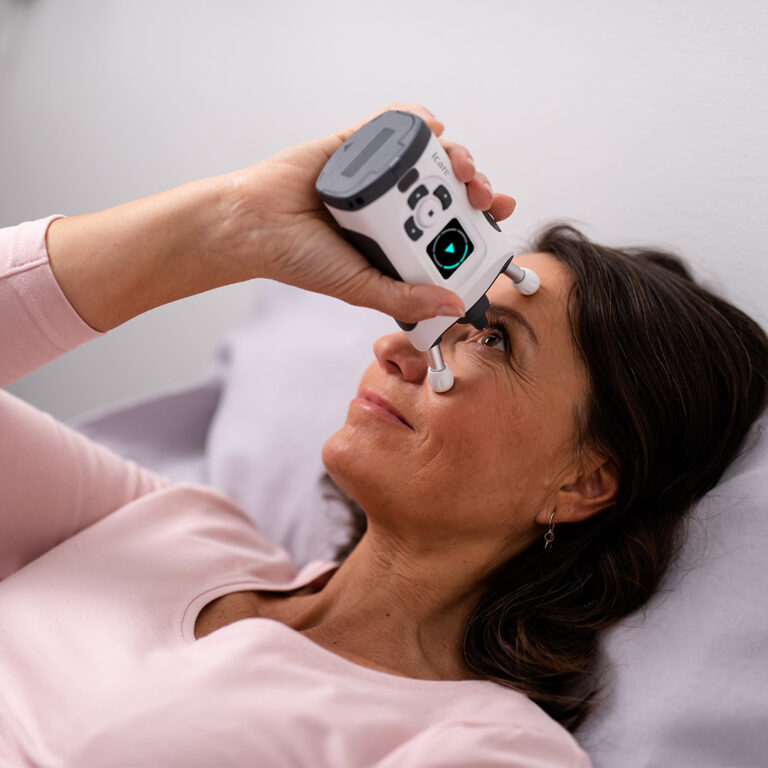
Data beyond a single measurement: Studies show IOP peaks occur outside of clinical hours
Traditional clinic measurements only offer a snapshot of a patient's IOP, often missing the true peaks and variations that occur outside office hours. Studies have revealed that wide fluctuations of IOP, and elevated IOP, contribute to glaucoma progression. This insight underscores the need for continuous monitoring and understanding of IOP variability to optimize glaucoma care.
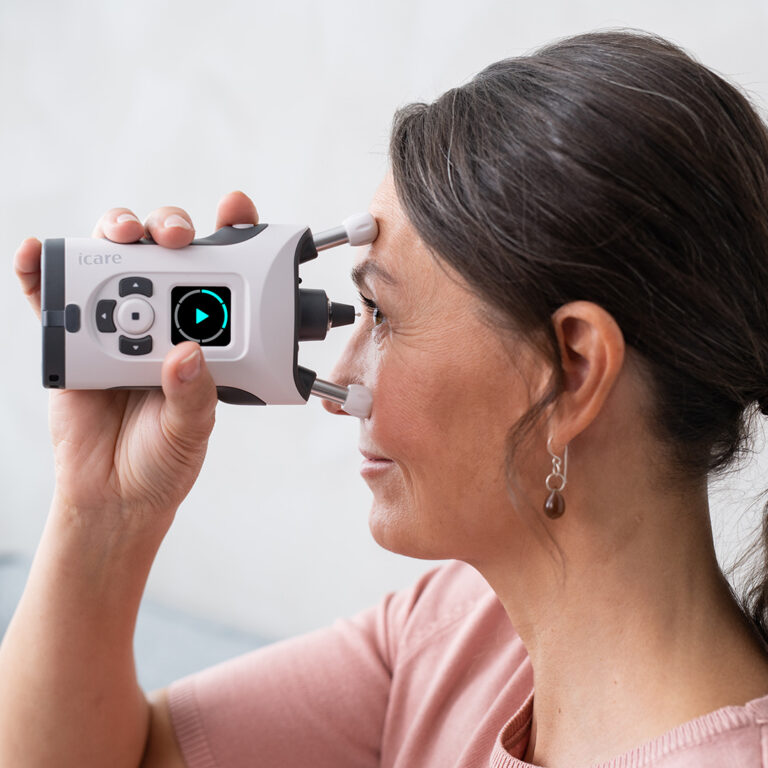
The range of IOP variations in glaucoma patients can be three times higher than in normal subjects1. IOP variation in normal eyes is generally between 2-6 mmHg whereas in glaucoma patients, it can reach 10 mmHg or more2. Studies have reported IOP peaks outside of office hours in 62%, 66%, and 52% of glaucoma patients2,4,5
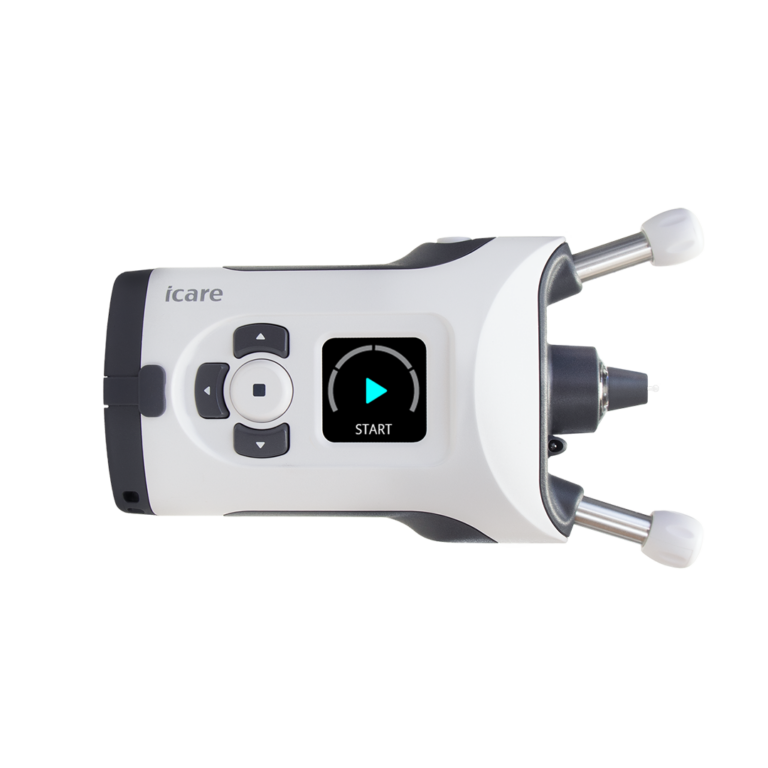
IOP monitoring with the iCare HOME2 tonometer - An interview with Dr. Barbara Wirostko
Barbara Wirostko M.D., FARVO, Moran Eye Center, University of Utah, shared her experiences with the iCare HOME2 self-tonometer and the importance of regular IOP monitoring in an interview during the DOG conference in Berlin.
Watch the video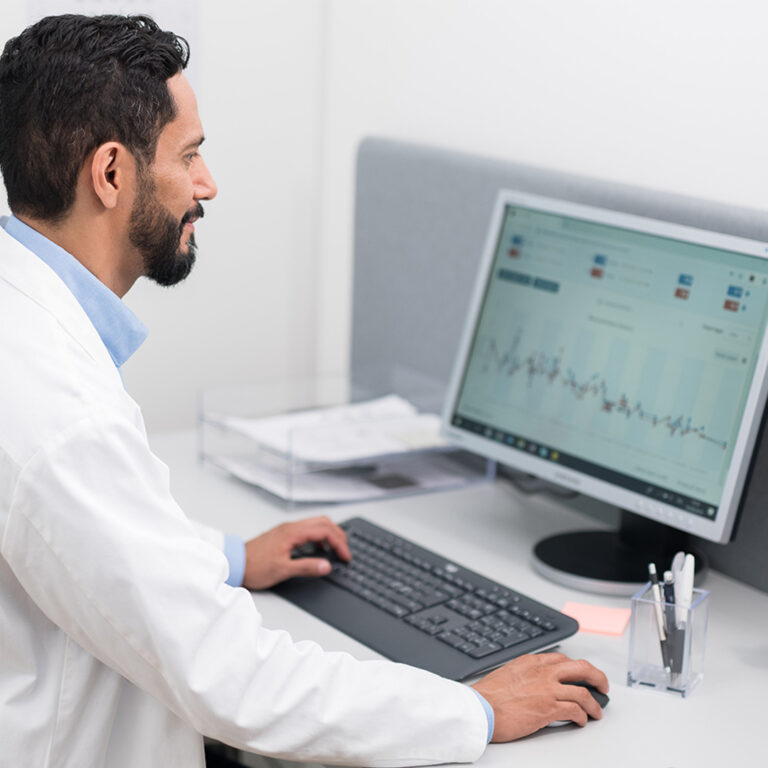
Revolutionizing glaucoma care with iCare HOME2 — a modern approach to 24-Hour IOP monitoring
The iCare HOME2 tonometer paints a true picture of the patient's IOP profile. This innovative home tonometry device empowers patients to make IOP measurements during normal daily activities, offering healthcare providers a comprehensive perspective on IOP fluctuations and peaks, accessible from any location.
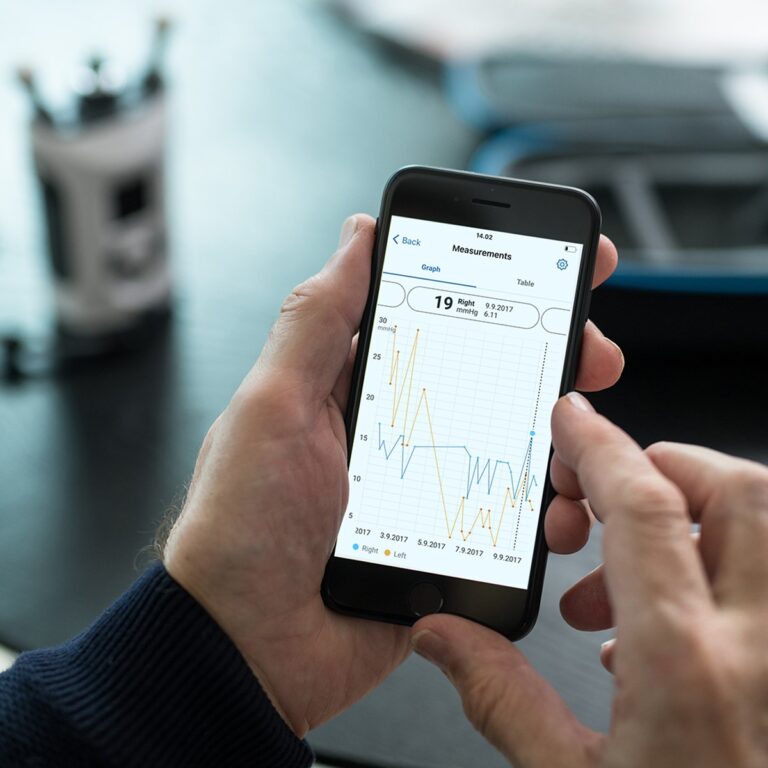
By leveraging the insights provided by iCare HOME2, eye care professionals can set the target IOP, tailor individual treatment plans, and review the efficacy of their intervention.
This personalized approach can enable better outcomes and improve the overall quality of patient care.
Learn more about how iCare HOME2 reliably and accurately delivers comprehensive IOP data and helps discover the True Max to support personalized glaucoma care decisions
Effective control of IOP fluctuations can help slow down glaucoma progression
Setting the target IOP for patients is a crucial part of glaucoma management, and this decision heavily relies on knowing the true maximum IOP values.
Clinical studies observe that capturing real-world IOP variations and the true max value from outside of office hours can help eye care professionals in customizing glaucoma care decisions for individual patients.
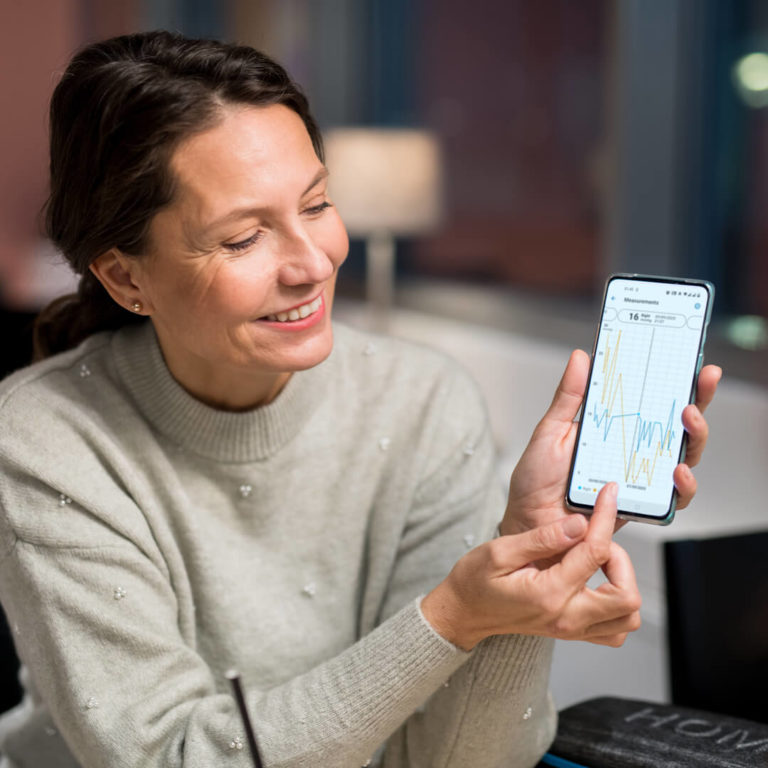
A review of home tonometry by Liu et al6 presents five patient cases where iCare HOME was used in glaucoma management. iCare HOME measurement results advised further glaucoma management actions. In a recent paper by Levin et al7, the authors describe twelve cases in which home intraocular pressure (IOP) monitoring complemented peri-interventional clinical decision-making in glaucoma management.
Read what recent studies have to say about iCare HOME and how it offers easy and reliable IOP measurements to support glaucoma care.
References
1 Drance SM. Diurnal variation of intraocular pressure in treated glaucoma. Significance in patients with chronic simple glaucoma. Arch Ophthalmol. 1963;70:302–311.
2 Bonomi et al. Prevalence of glaucoma and intraocular pressure distribution in a defined population. The Egna-Neumarkt Study. Ophthalmology. 1998;105(2):209-15
3 Barkana et al. Clinical utility of Intraocular pressure monitoring outside of normal office hours in patients with glaucoma. Arch. Ophthalmol. 2006;124(6):793-797
4 Nakakura et al. Relation between office intraocular pressure and 24-hour intraocular pressure in patients with primary open-angle glaucoma treated with a combination of topical antiglaucoma eye drops, J Glaucoma 2007 Mar;16(2):201-4.
5 Hughes et al. 24-hour monitoring of intraocular pressure in glaucoma management: A retrospective review. J Glaucoma 2003:12(3):232-236
6 Liu et al. Icare Home Tonometer: A Review of Characteristics and Clinical Utility, Clin Ophthalmol 2020 Nov 23;14:4031-4045
7 Levin et al. The utility of home tonometry for peri-interventional decision-making in glaucoma surgery: Case series, J Ophthalmol Case Rep 2022 Sep 7;28:101689
8 Rojas et al. Usefulness of Icare Home in Telemedicine Workflow to Detect Real-World Intraocular Pressure Response to Glaucoma Medication Change. Ophthalmol Glaucoma. 2020 Sep-Oct;3(5):403-405
-
iCare HOME2 self-tonometer
Easy and accurate IOP self-measurement. A modern approach to diurnal IOP monitoring.
Read more -
Where to buy?
Local qualified iCare distributors are ready to help you with all matters related to iCare products and services. Click to see your local distributors.
Contact request